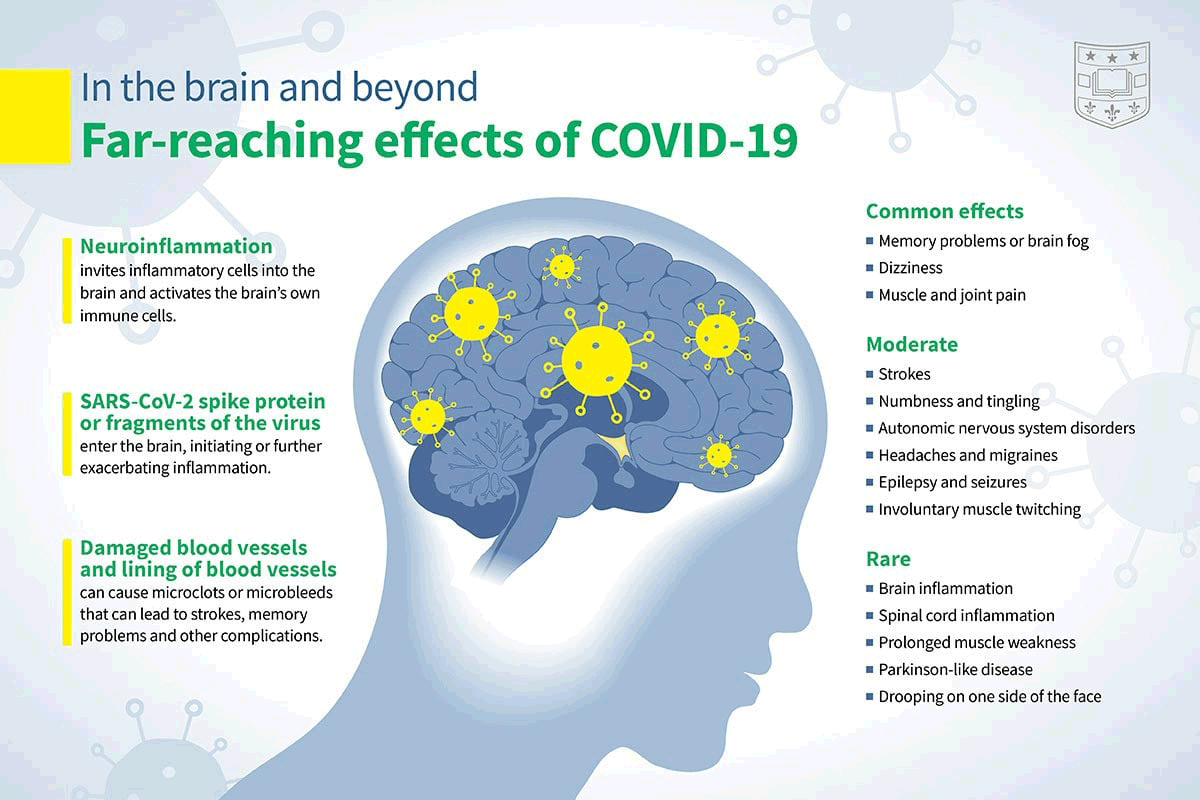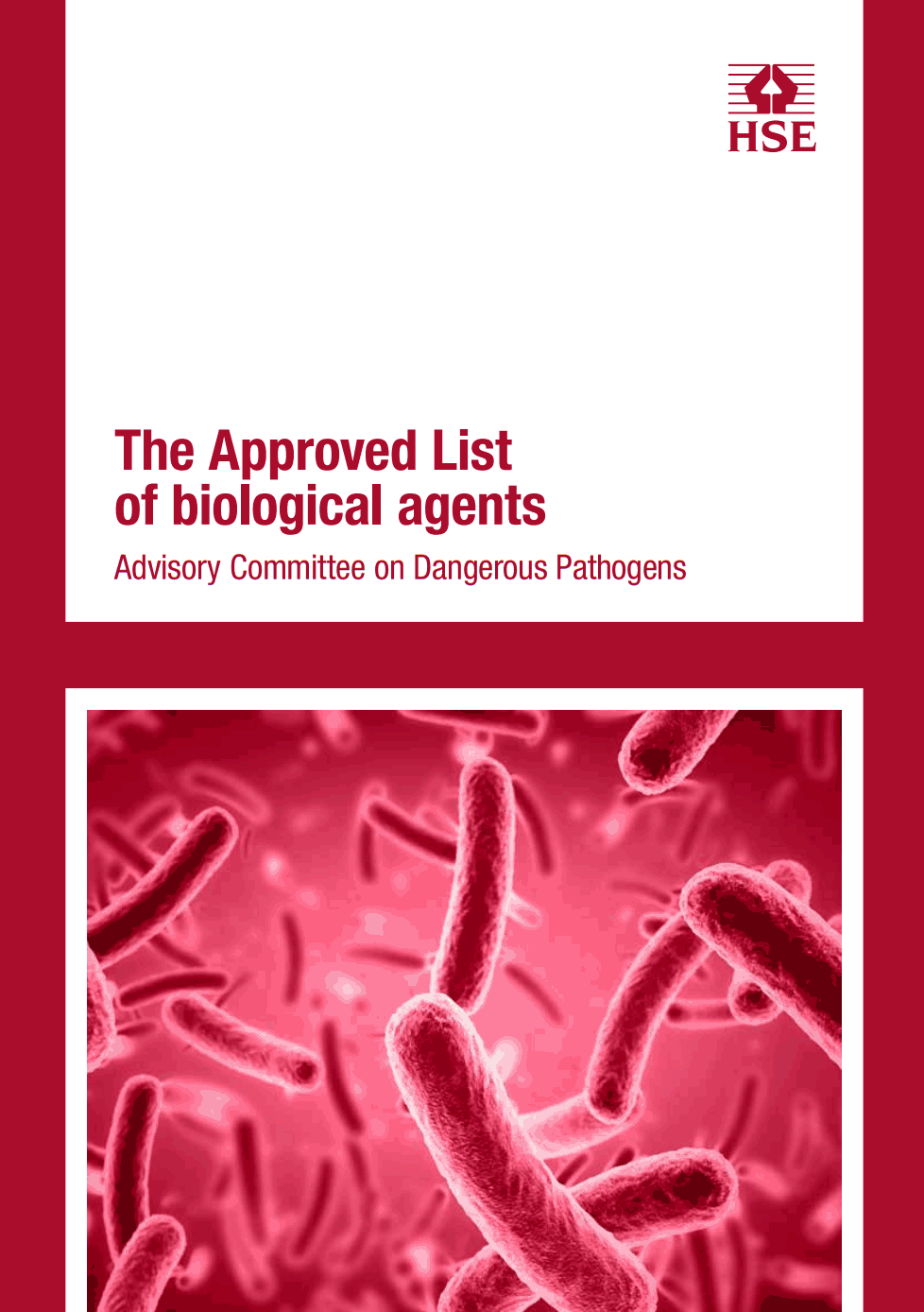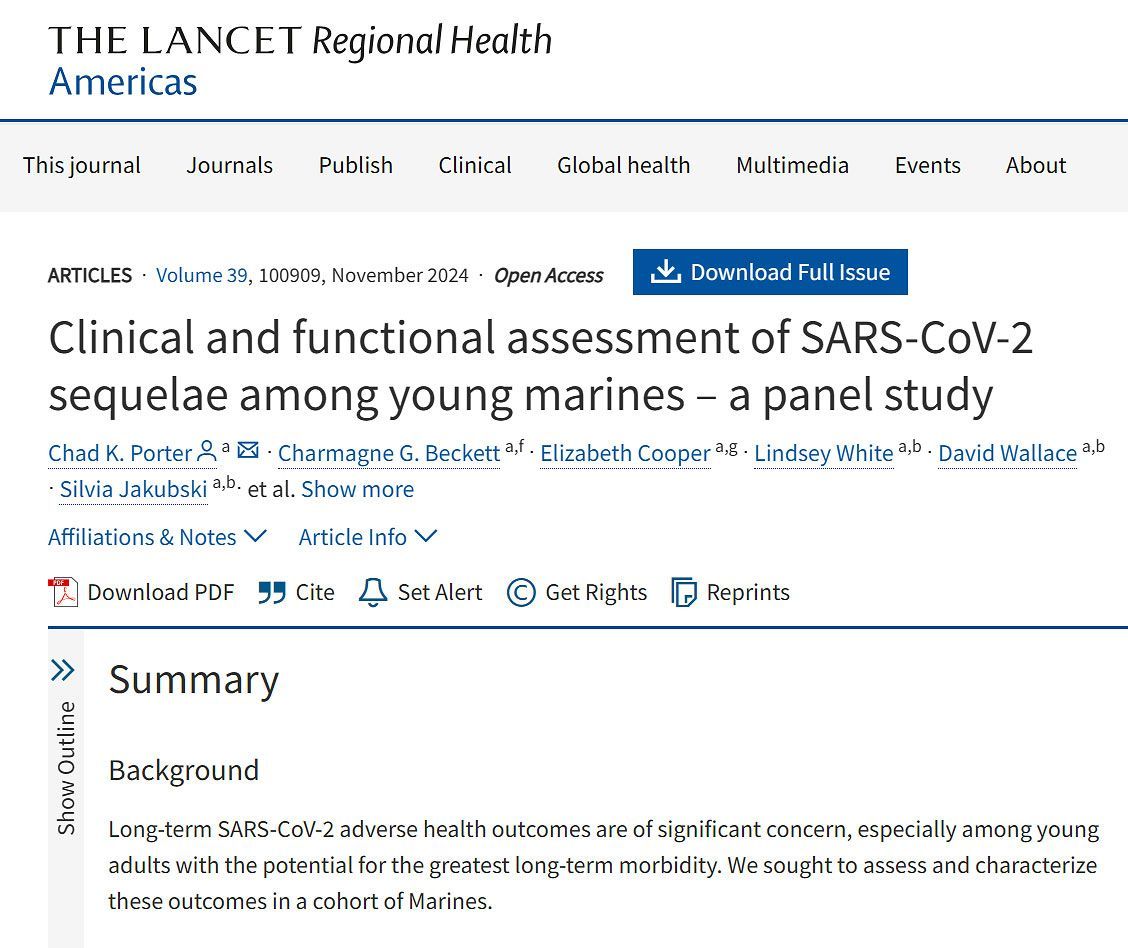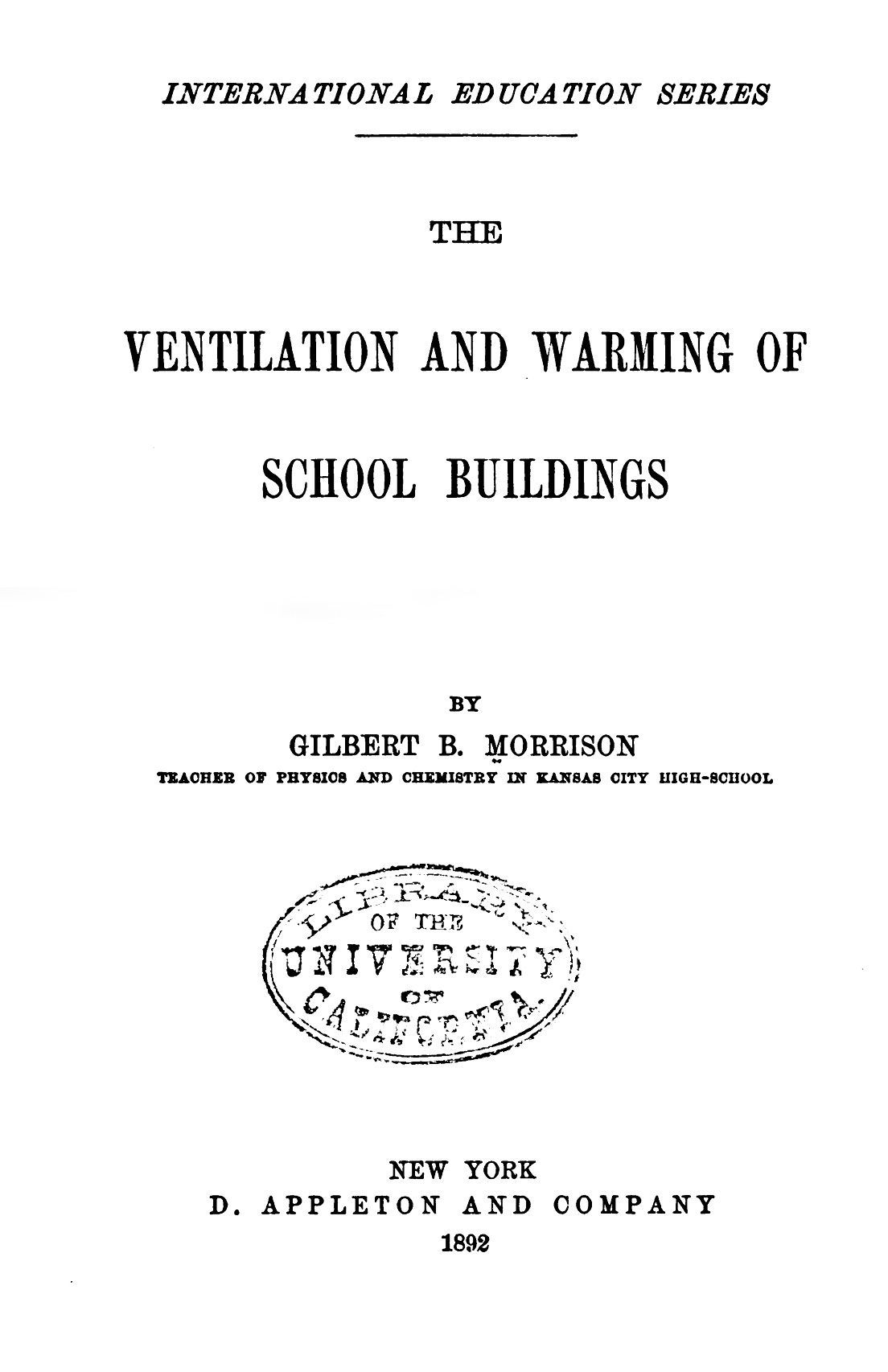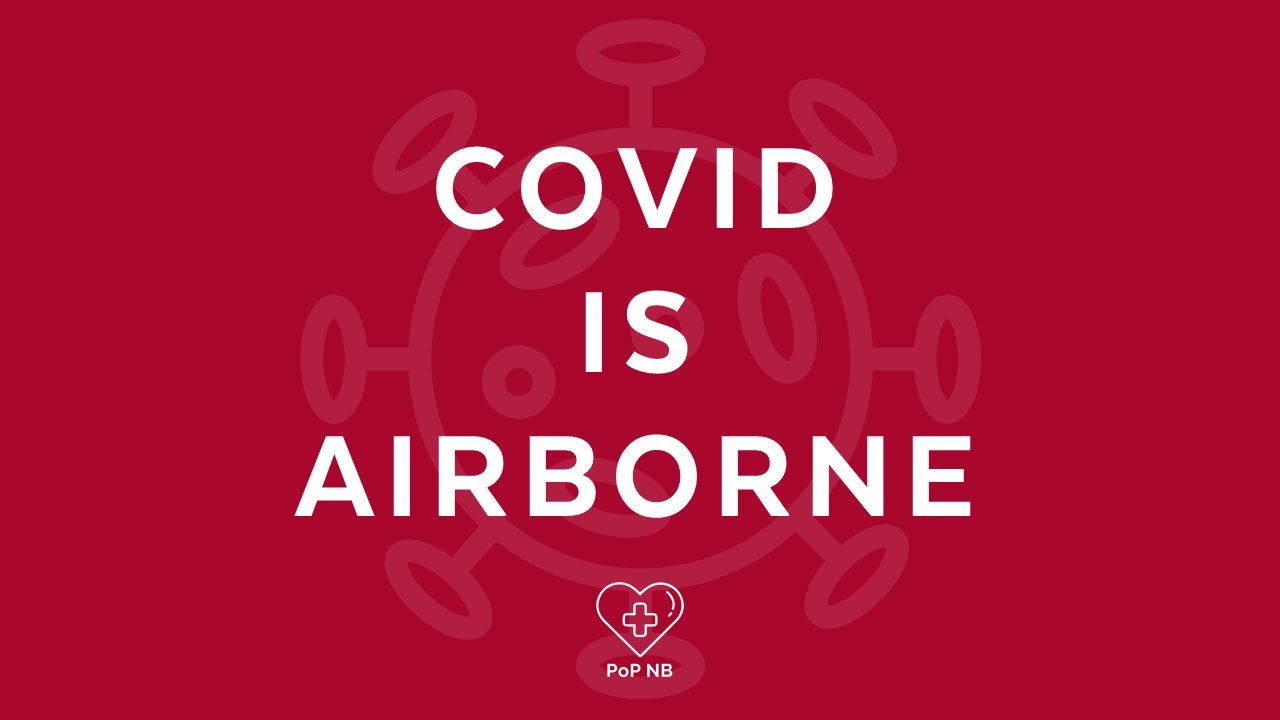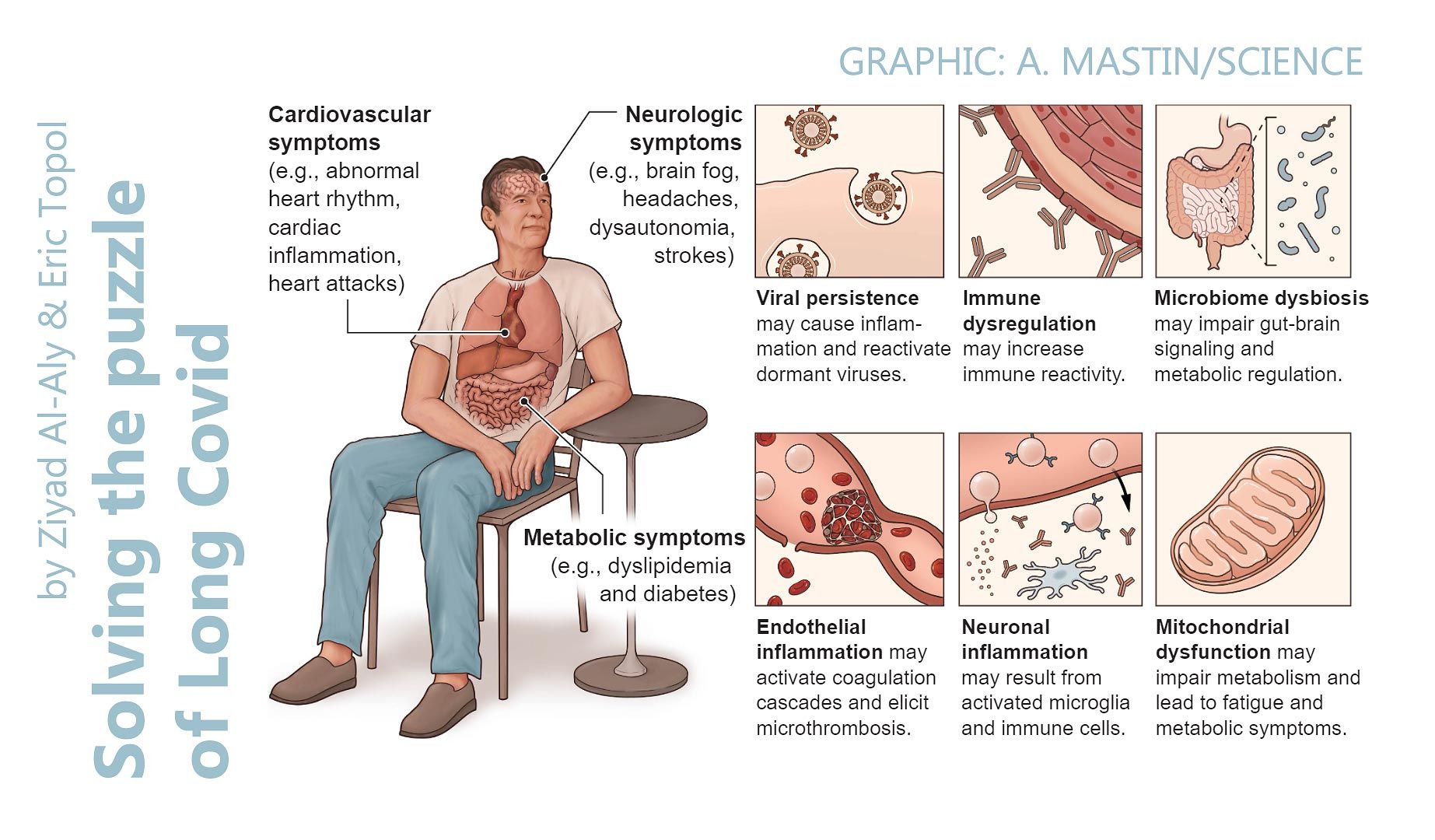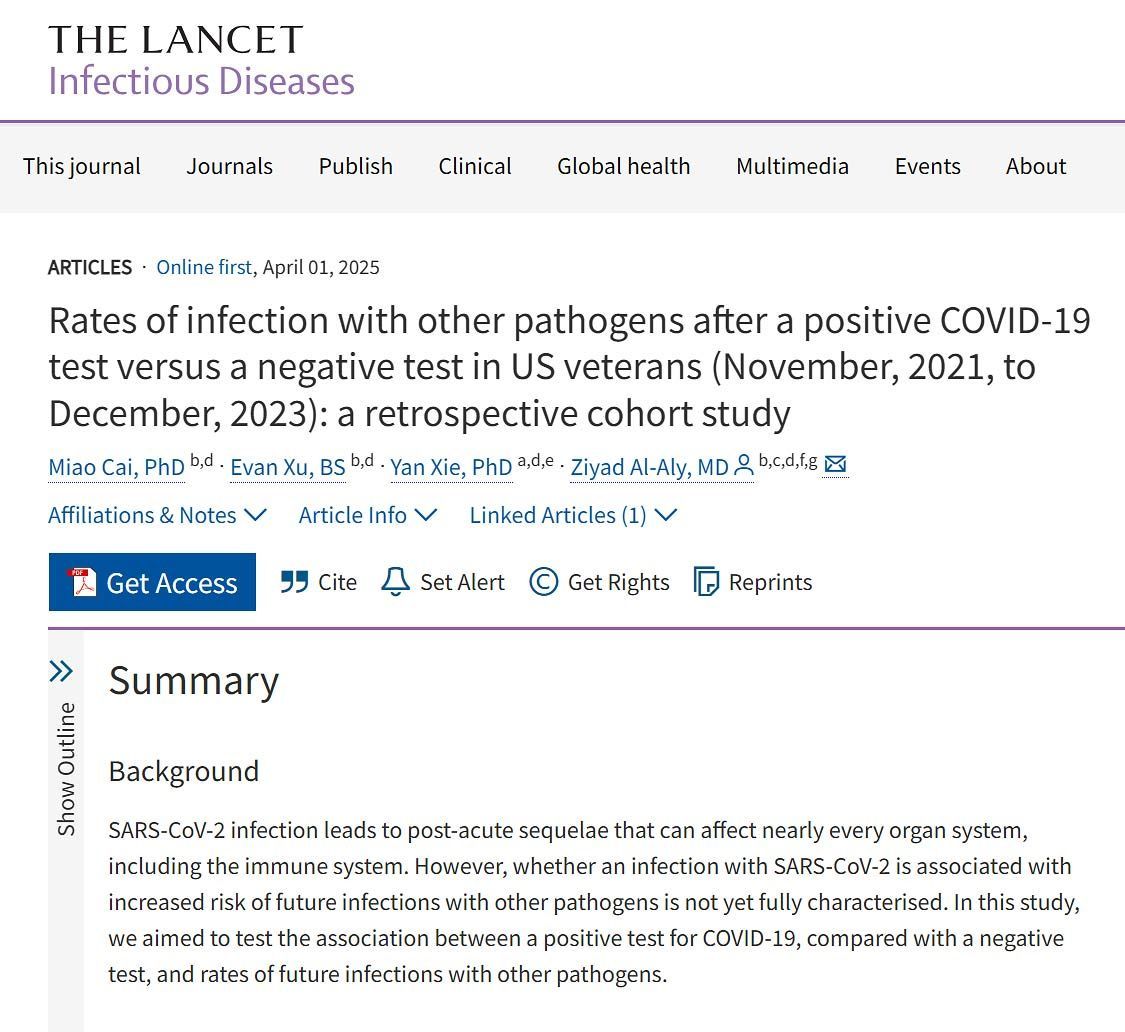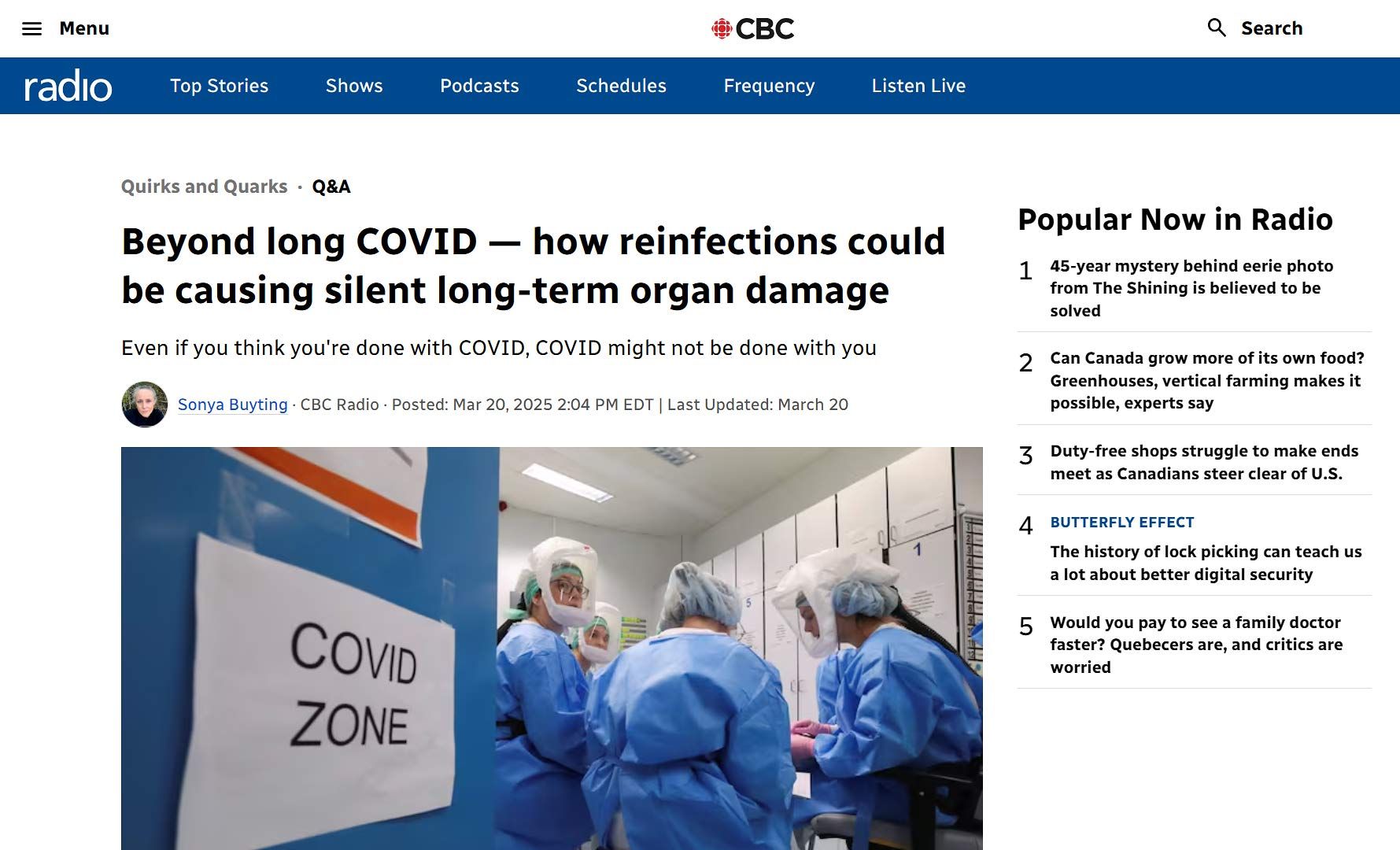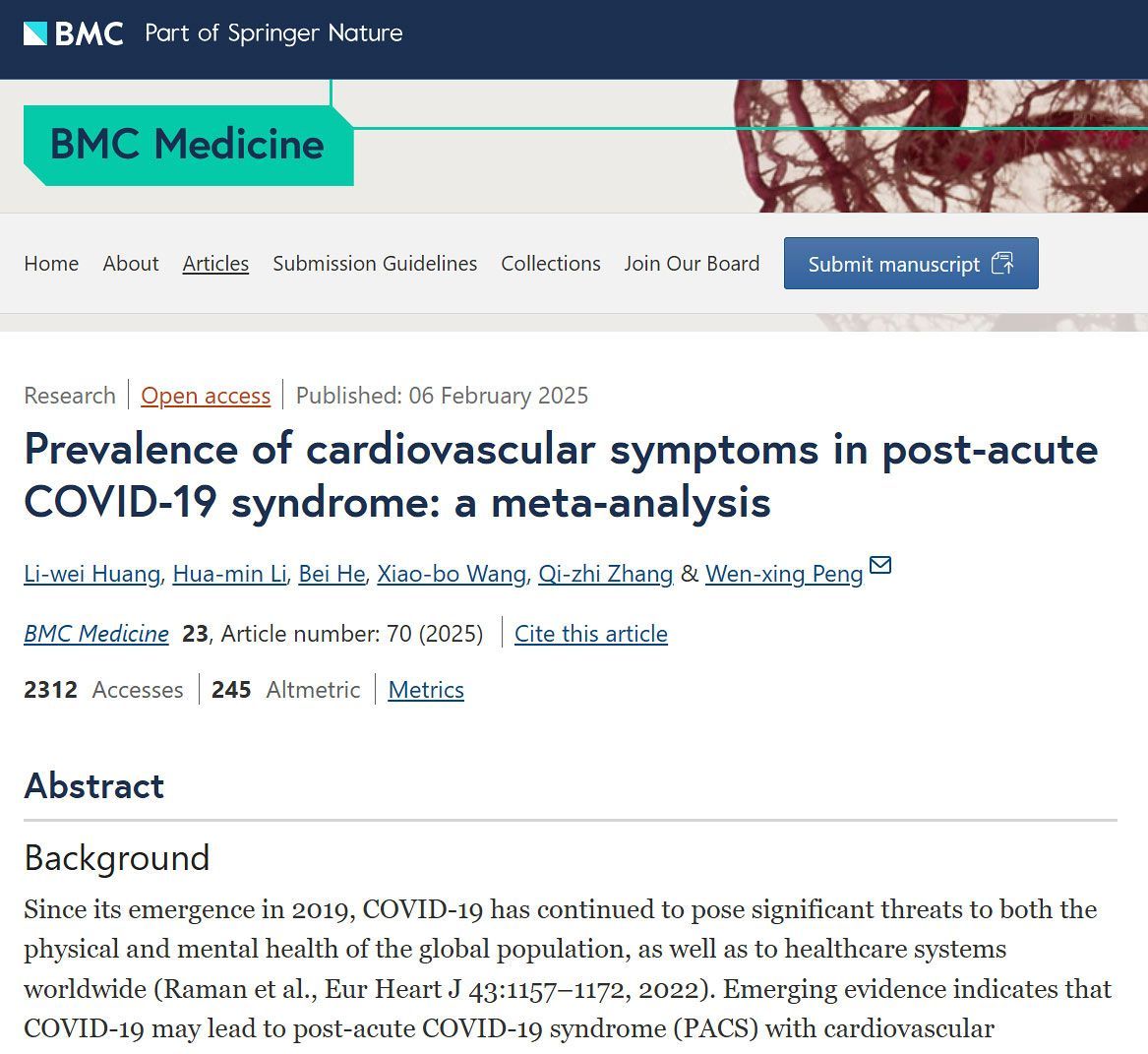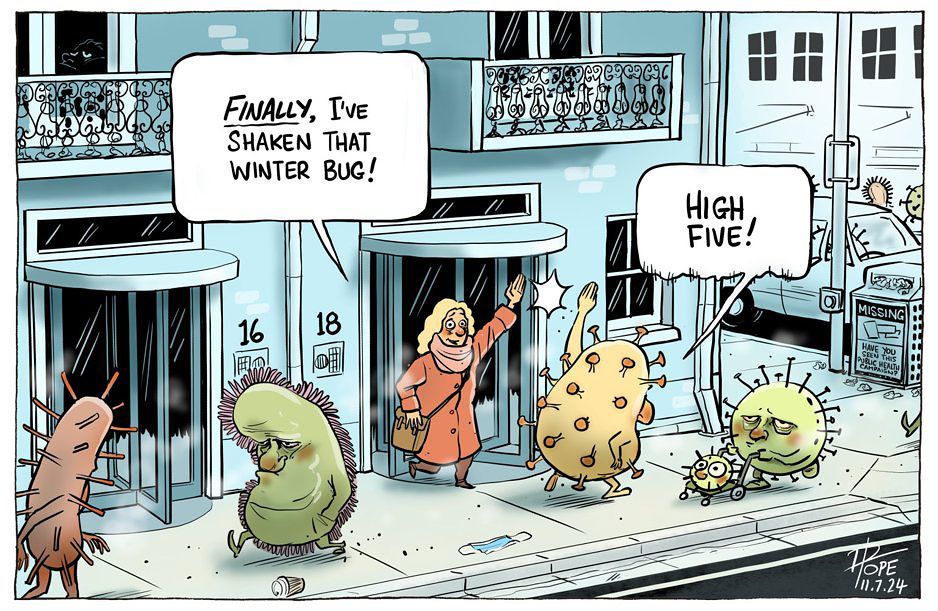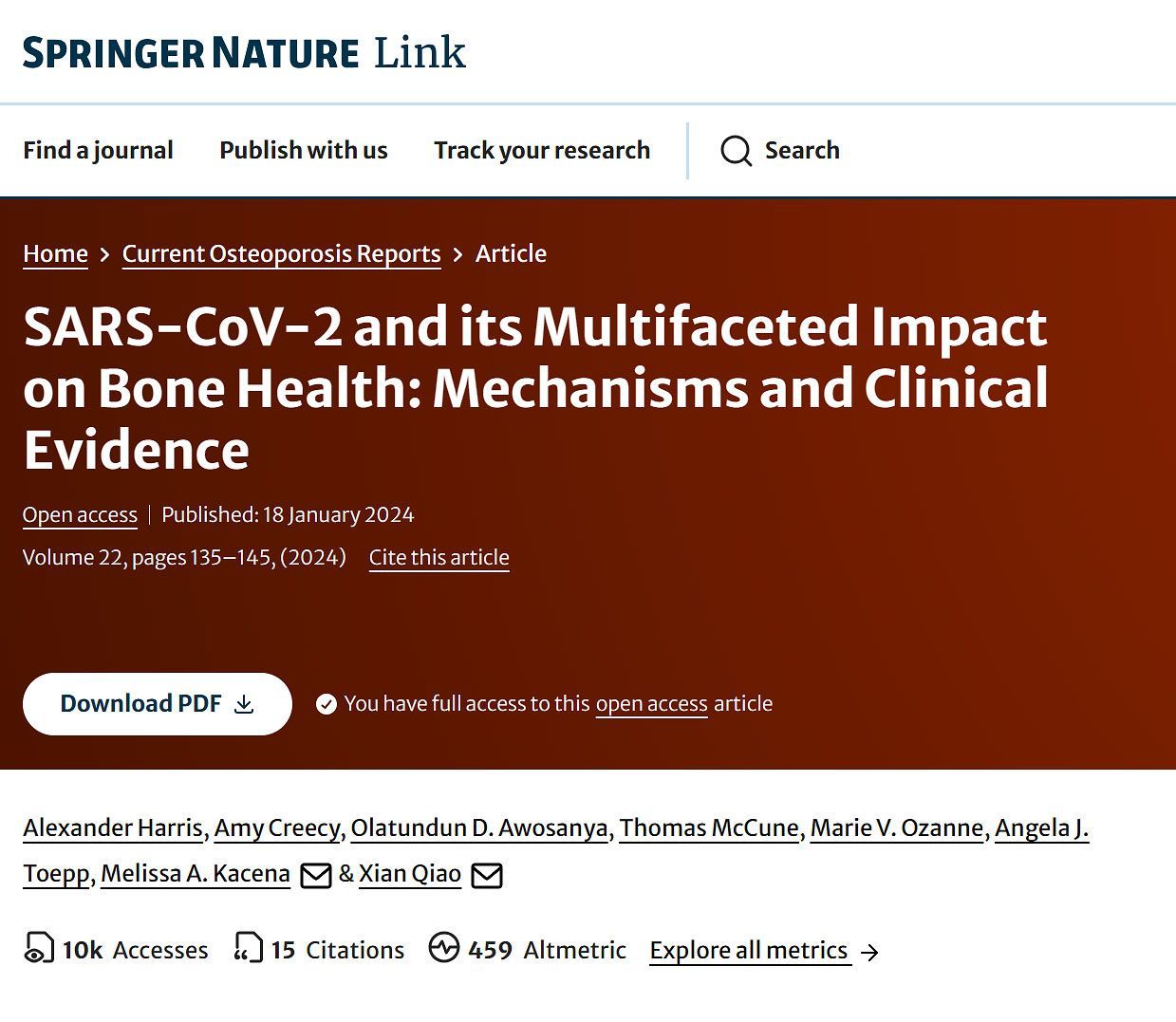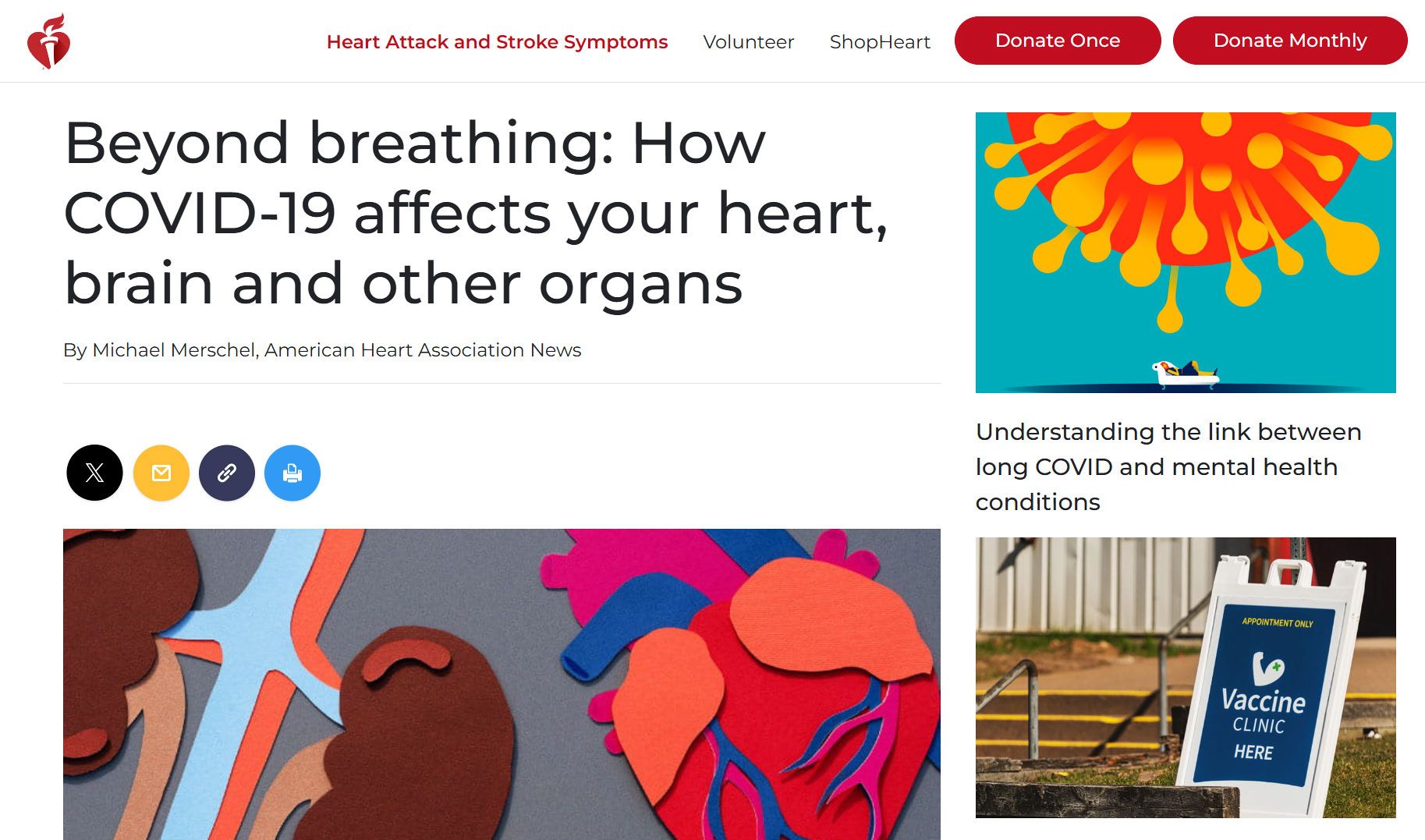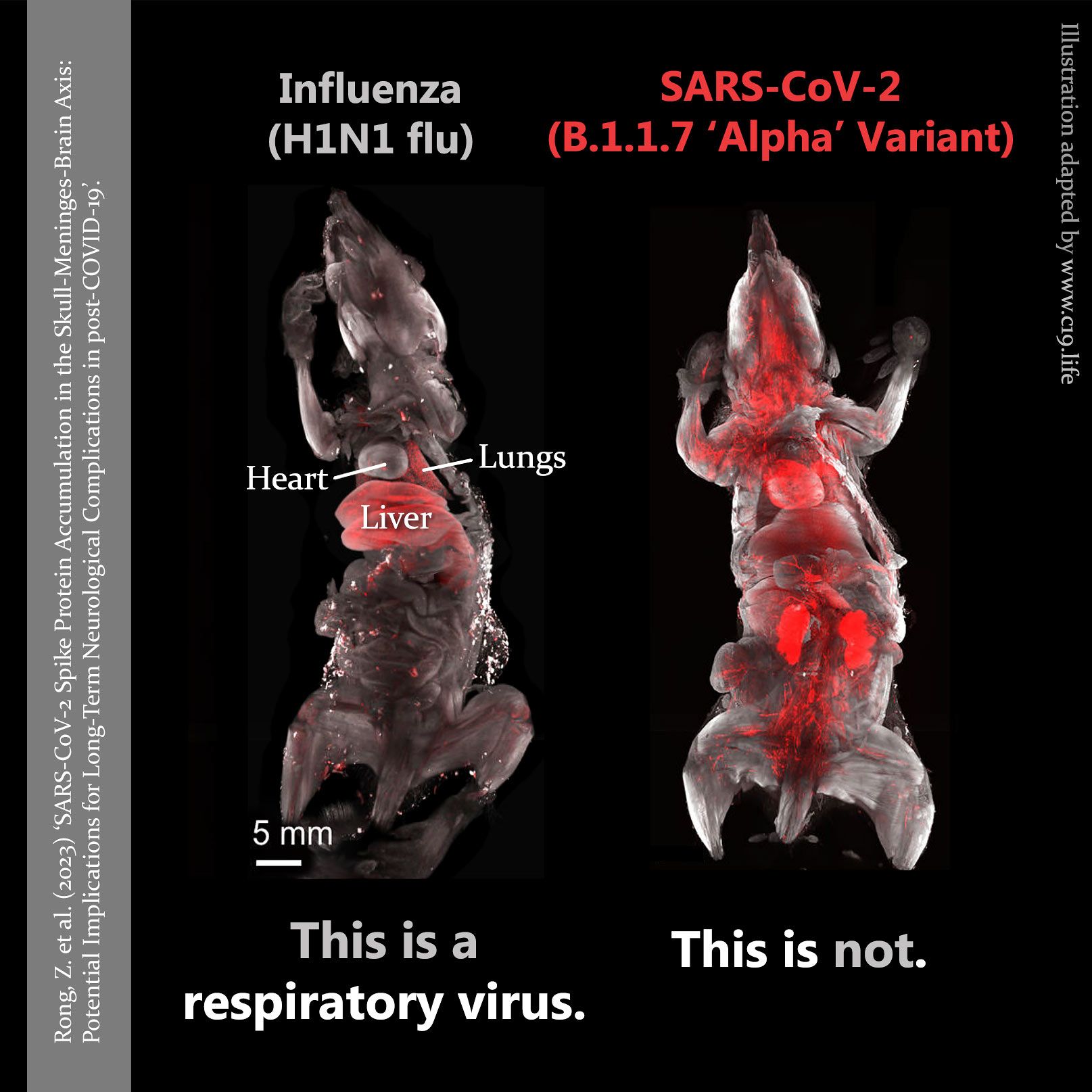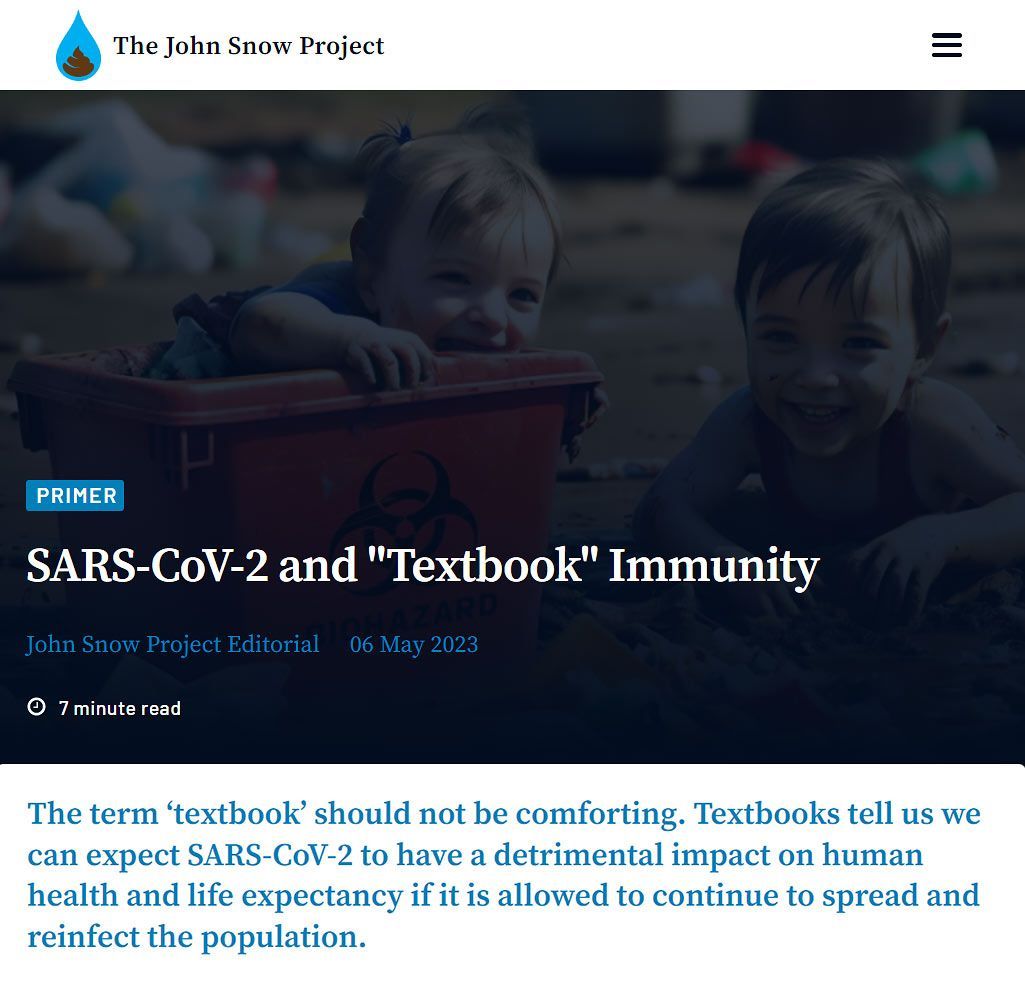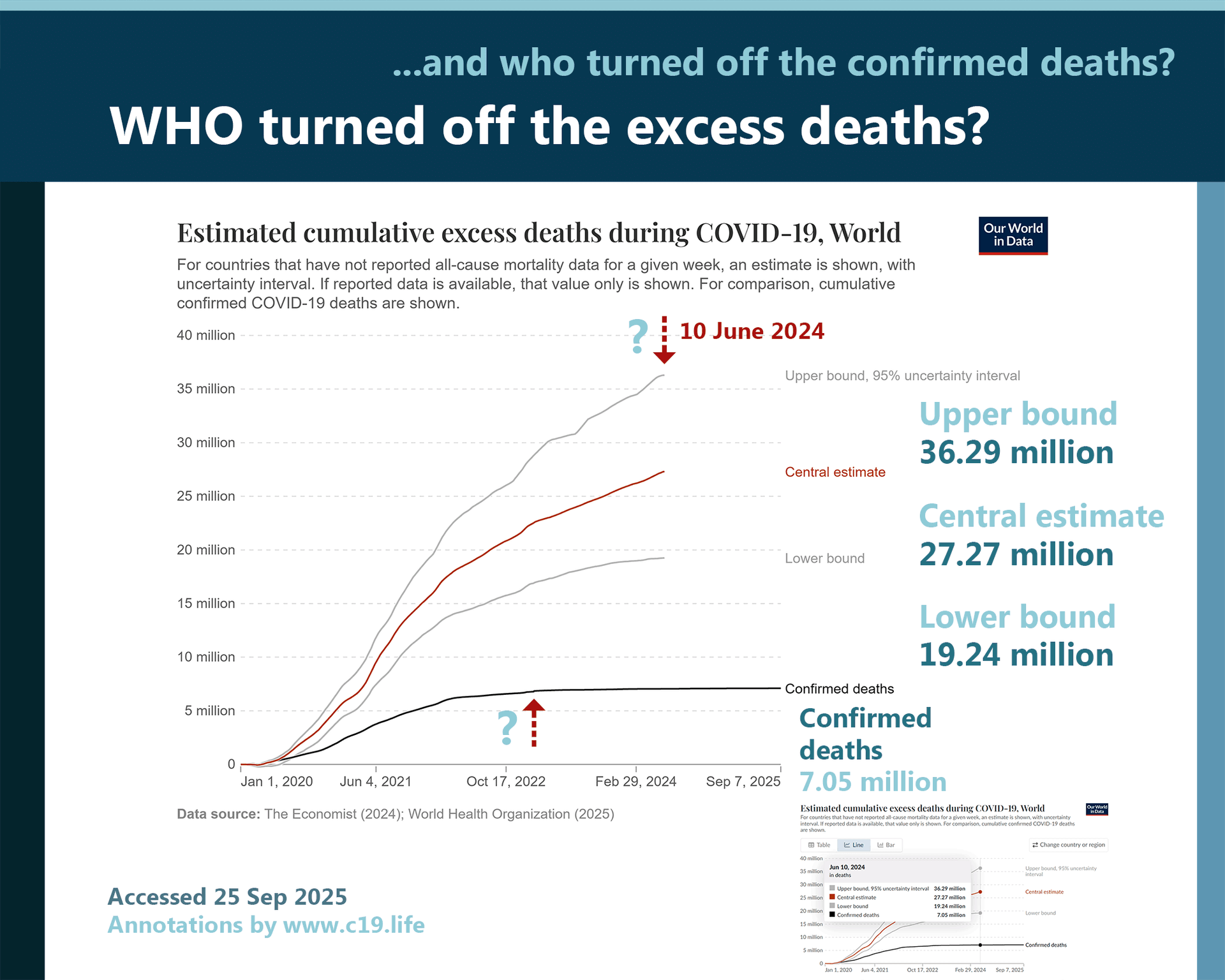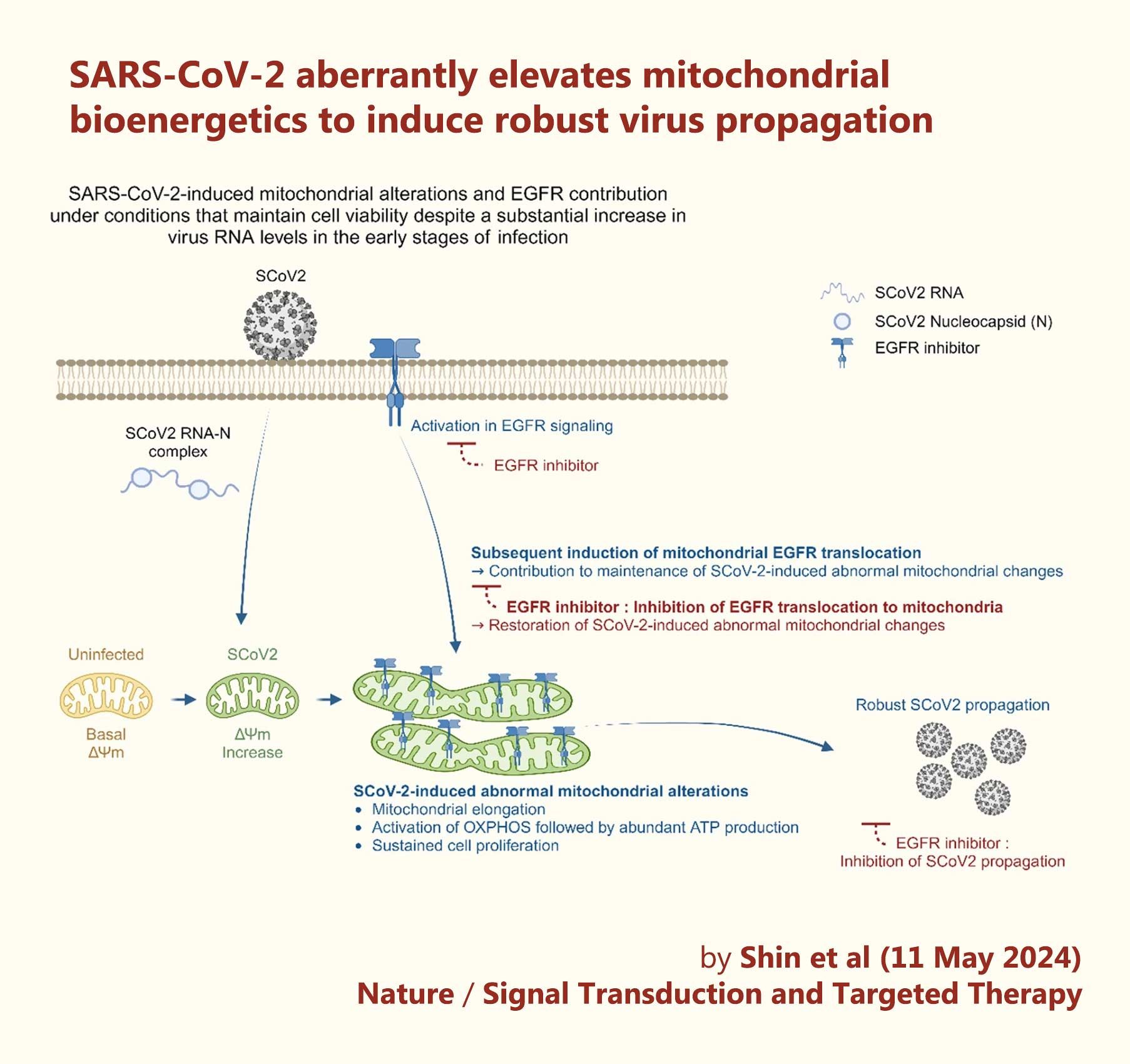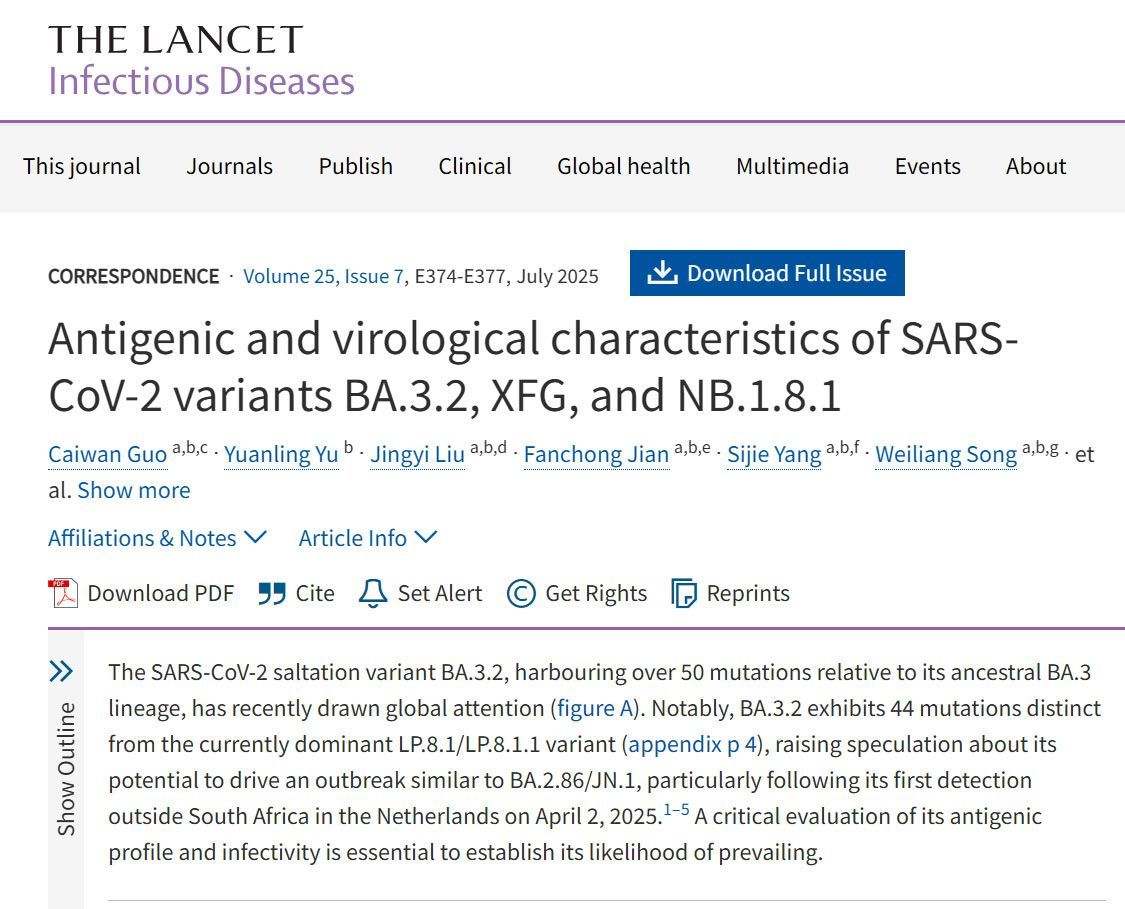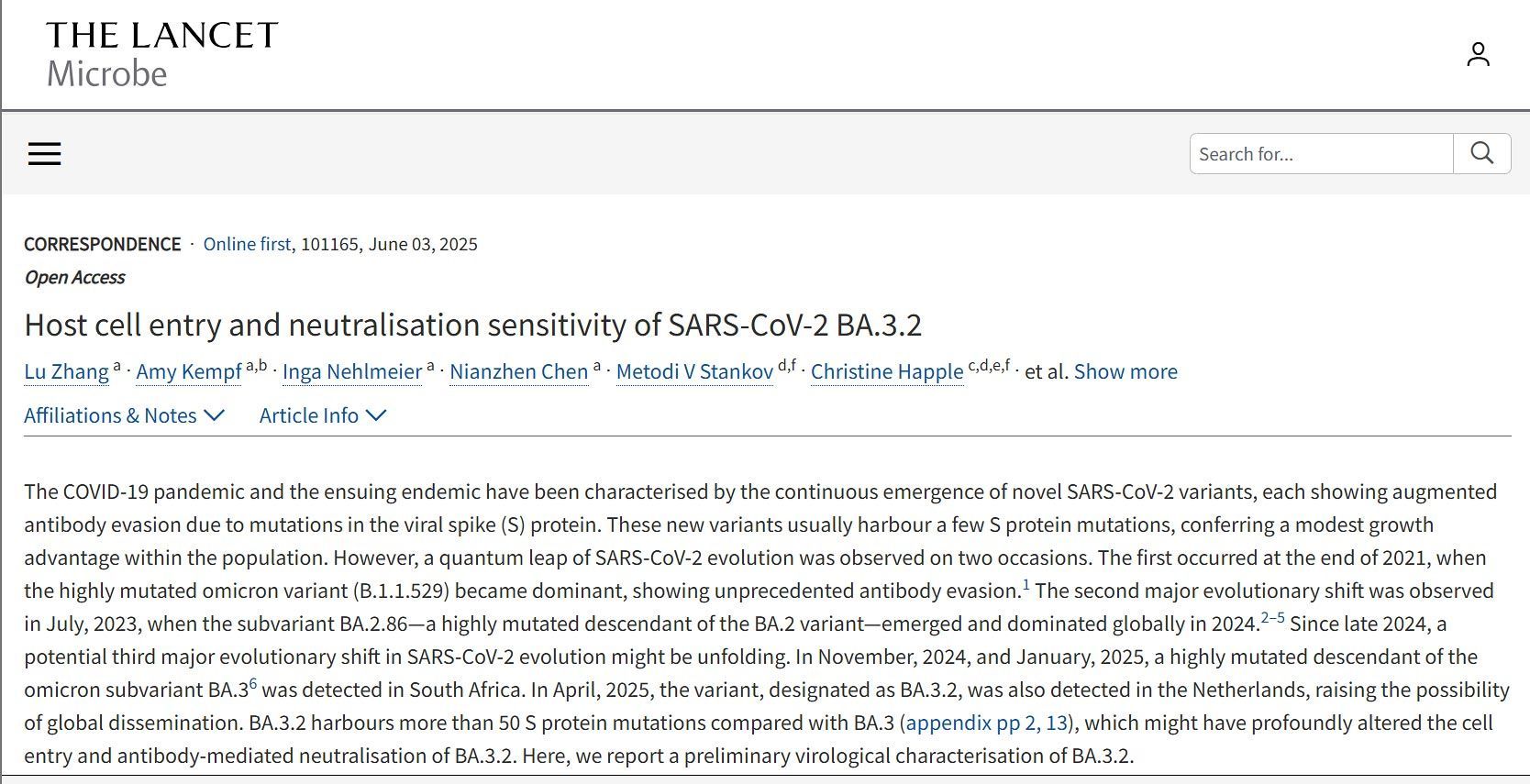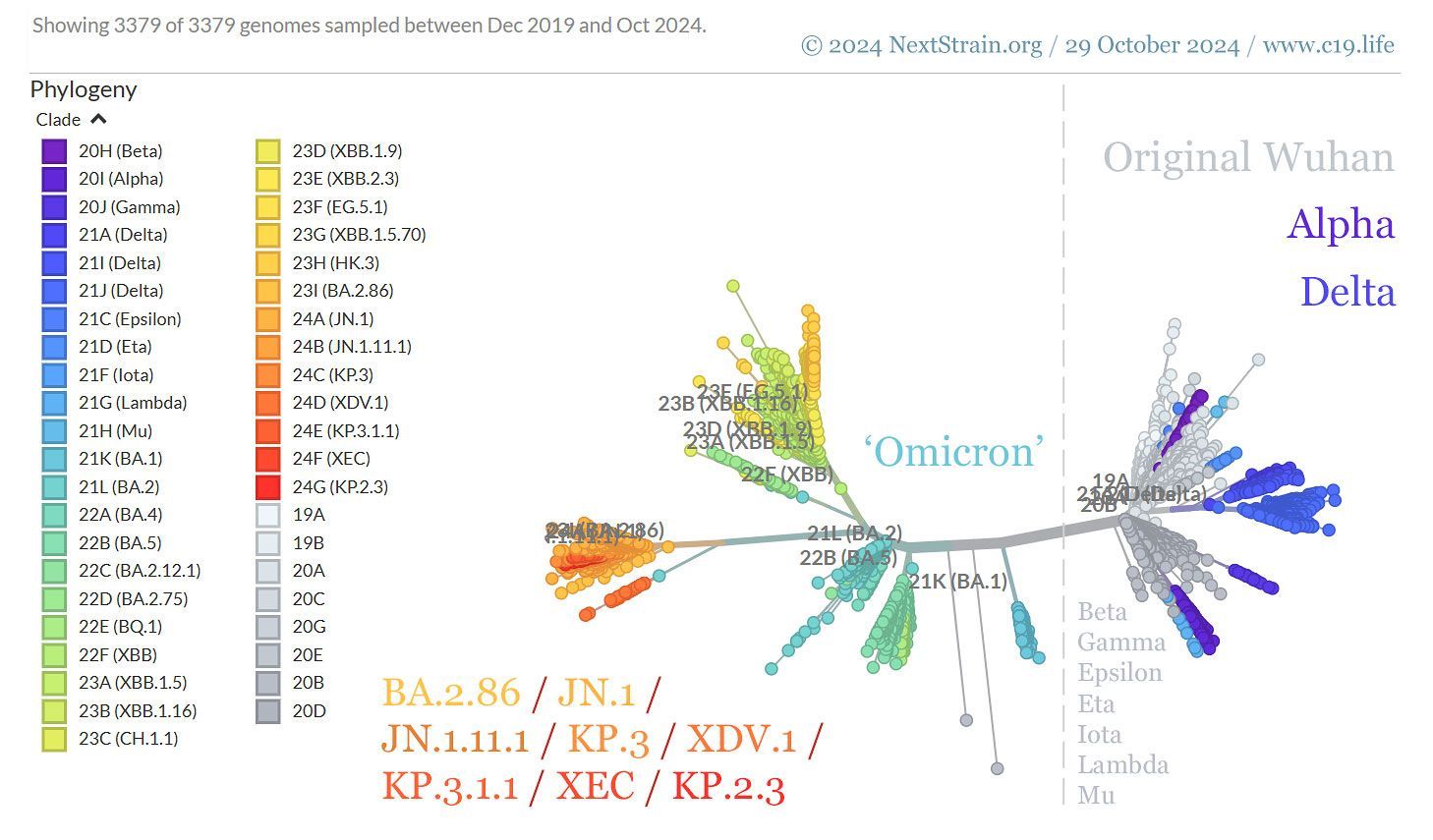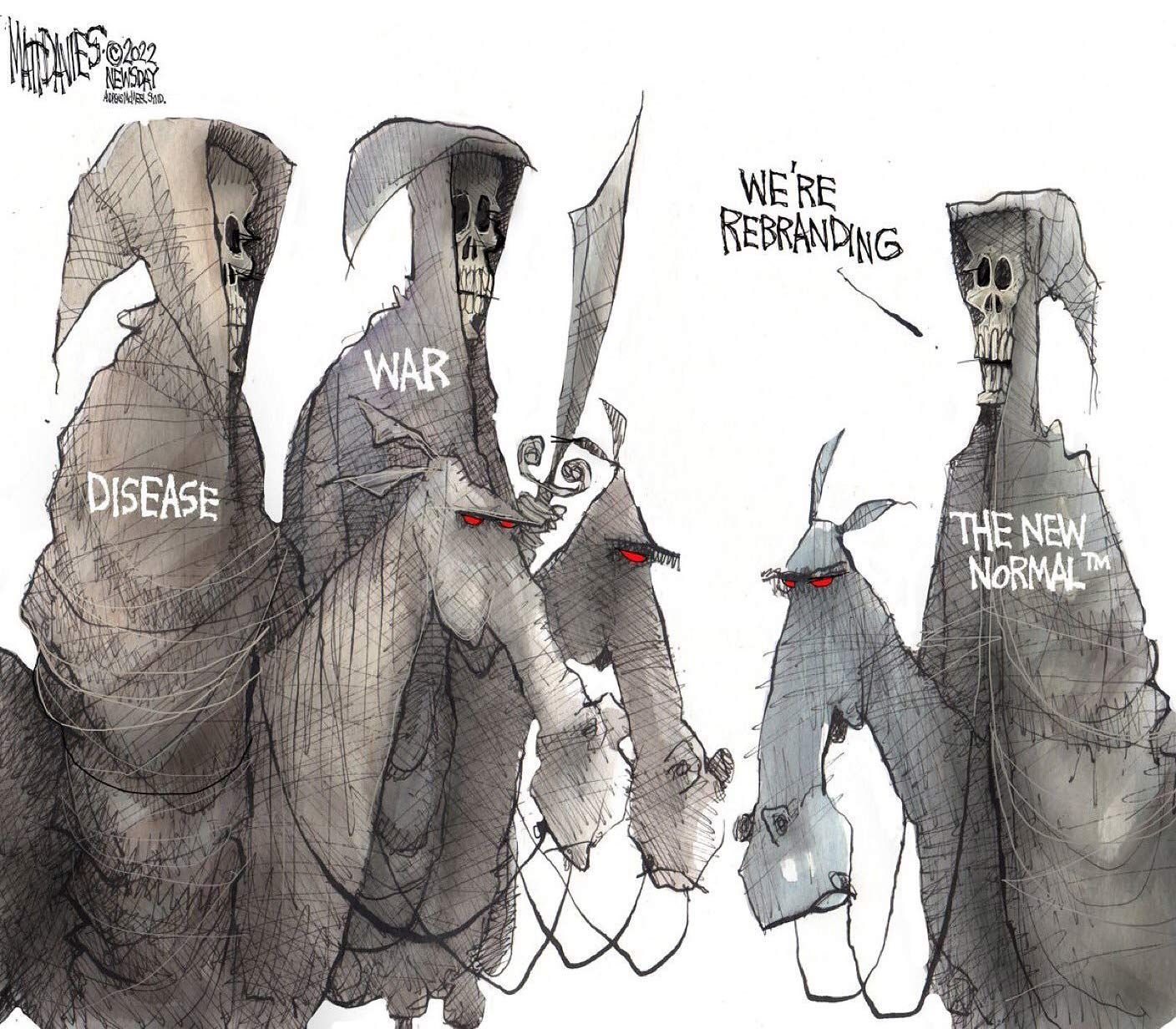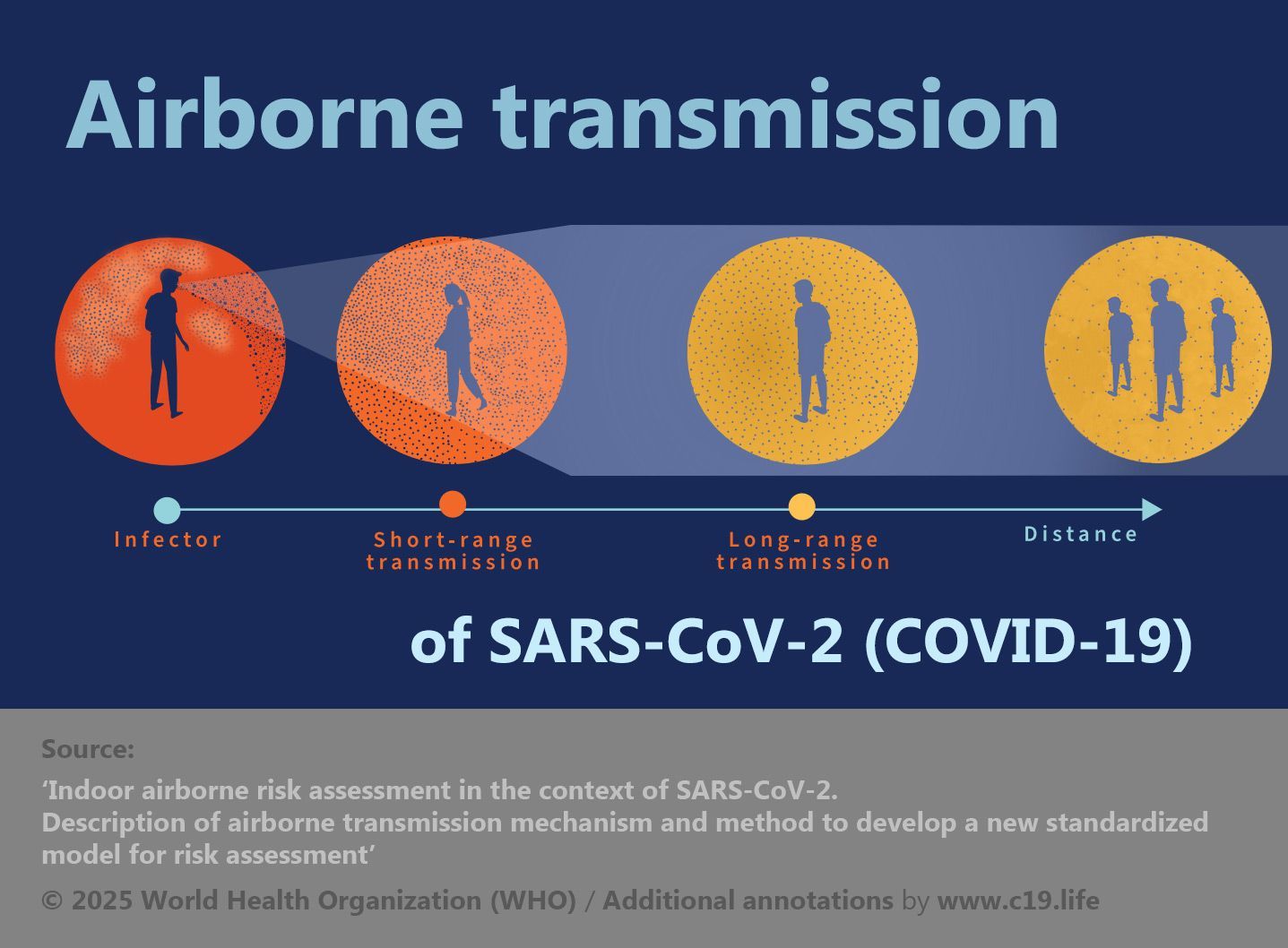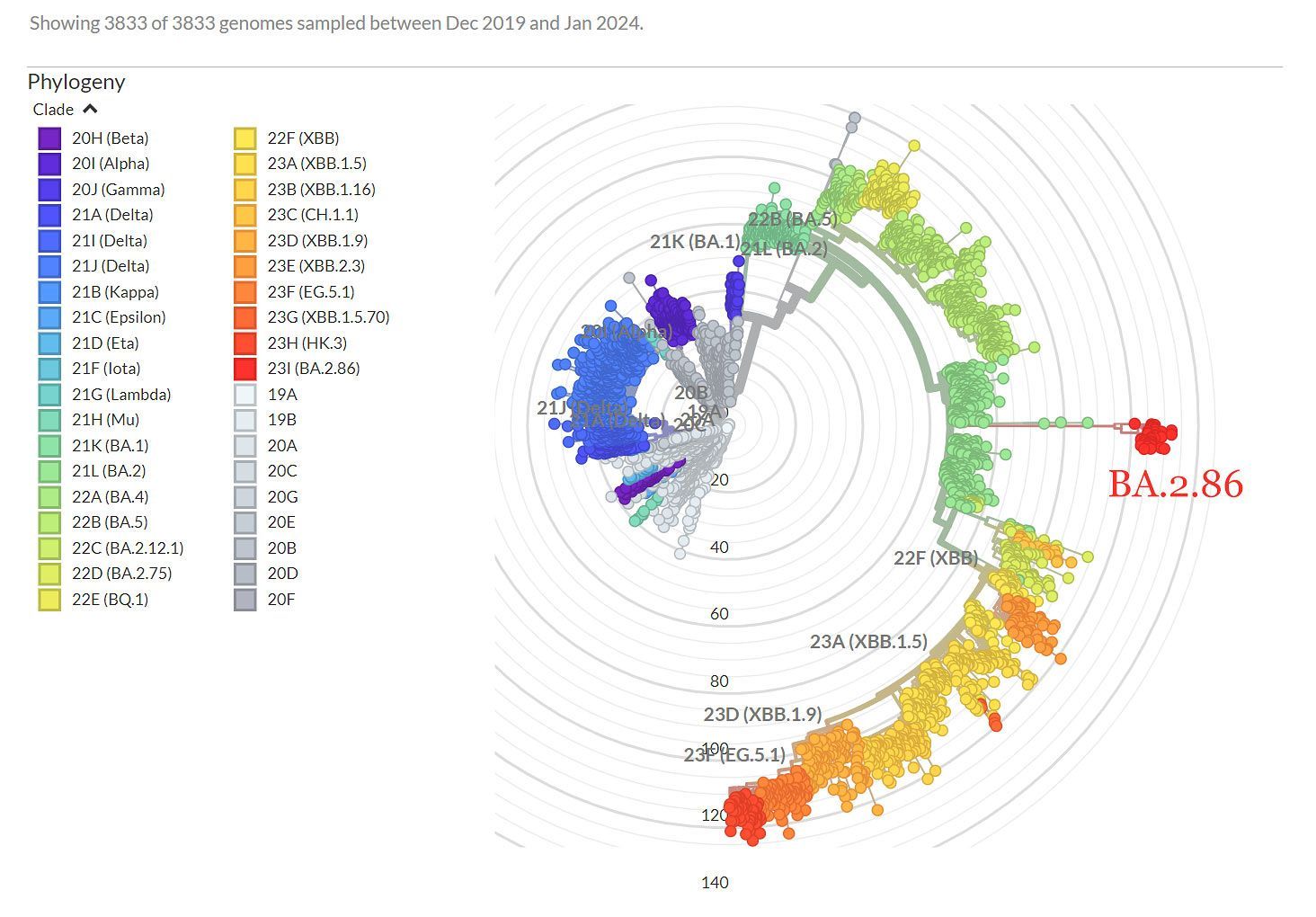➲ Home ➲ C-19 Archives
📖 Muscle abnormalities worsen after post-exertional malaise in long COVID
Post-exertional malaise (PEM) is a marked physical or mental fatigue and deterioration of symptoms occurring after physical, cognitive, social or emotional exertion that would have been tolerated previously.
Symptoms typically worsen 12 to 48 hours after such activities, and can last for days, weeks or months, making it difficult to manage or predict.
PEM is a hallmark symptom of myalgic encephalomyelitis / chronic fatigue syndrome (ME/CFS), and is commonly reported by people with Post-COVID-19 Syndrome (PCS/‘Long Covid’).
PEM can be
mitigated by
activity management, or ‘pacing’.
📖 (4 Jan 2024 ~ Nature Communications) ‘Muscle abnormalities worsen after post-exertional malaise in long COVID’.
‘A
distinctive symptom of patients with long COVID is
post-exertional malaise, which is associated with a worsening of fatigue- and pain-related symptoms
after acute
mental or
physical exercise.’
📖 (4 Jan 2024 ~ News Medical Life Sciences) ‘Study identifies mitochondrial dysfunction as cause of long-COVID fatigue’.
© 2024 Amsterdam University Medical Center / NewsMedical.net
❦ Scientific Media Article ~ ‘Study identifies mitochondrial dysfunction as cause of long-COVID fatigue’
By
Amsterdam University Medical CenterNews
/
News Medical Life Sciences (4 Jan 2024)
❦ ‘Researchers from Amsterdam UMC and Vrije Universiteit Amsterdam (VU) have discovered that the persistent fatigue in patients with long-COVID has a biological cause, namely mitochondria in muscle cells that produce less energy than in healthy patients.
25 long-COVID patients and 21 healthy control participants participated in the study. They were asked to cycle for fifteen minutes. This cycling test caused a long-term worsening of symptoms in people with long-COVID, called post-exertional malaise (PEM).
‘Extreme fatigue occurs after physical, cognitive, or emotional exertion beyond an unknown, individual threshold.’
The researchers looked at the blood and muscle tissue 1 week before the cycling test and 1 day after the test.
“We saw various abnormalities in the muscle tissue of the patients. At the cellular level, we saw that the mitochondria of the muscle, also known as the energy factories of the cell, function less well and that they produce less energy,” says Rob Wüst, Assistant Professor at Department of Human Movement Sciences at the VU University.
“So, the cause of the fatigue is really biological. The brain needs energy to think. Muscles need energy to move. This discovery means we can now start to research an appropriate treatment for those with long-COVID,” adds van Vugt.
One of the theories about long-COVID is that coronavirus particles may remain in the body of people who have had the coronavirus.
“We don’t see any indications of this in the muscles at the moment,” says Van Vugt.
The researchers also saw that the heart and lungs functioned well in the patients. This means that the long-lasting effect on patient’s fitness is not caused by abnormalities in the heart or lungs.
Exercising is not always good for patients with long-COVID.
“In concrete terms, we advise these patients to guard their physical limits and not to exceed them. Think of light exertion that does not lead to worsening of the complaints. Walking is good, or riding an electric bike, to maintain some physical condition. Keep in mind that every patient has a different limit,” says Brent Appelman, researcher at Amsterdam UMC.
“Because symptoms can worsen after physical exertion, some classic forms of rehabilitation and physiotherapy are counterproductive for the recovery of these patients,” van Vugt adds.
Although the majority of people infected with the SARS-CoV-2 virus recover within weeks, a subgroup, estimated to be around one in eight, will get long-COVID.
Symptoms in patients with long-COVID, post-acute sequelae or COVID or post-COVID syndrome (PCS) include severe cognitive problems (‘brain fog’), fatigue, exercise intolerance, autonomic dysregulation, postural orthostatic tachycardia syndrome (POTS), orthostatic intolerance, and worsening of symptoms after PEM.’
📖 (4 Jan 2024 ~ News Medical Life Sciences) ‘Study identifies mitochondrial dysfunction as cause of long-COVID fatigue’.
© 2024
Amsterdam University Medical Center / NewsMedical.net
❂
‘Viral infections can
alter mitochondrial function, and multiple studies have shown that
residual SARS-CoV-2 protein presence is associated with long COVID.’
📖 (4 Jan 2024 ~ Nature Communications) ‘Muscle abnormalities worsen after post-exertional malaise in long COVID’.
© 2024 Appelman et al / Nature.
❦ Study ~ ‘Muscle abnormalities worsen after post-exertional malaise in long COVID’
By Appelman et al / Nature: Communications (4 Jan 2024)
❦ ‘A subgroup of patients infected with SARS-CoV-2 remain symptomatic over three months after infection.
A distinctive symptom of patients with long COVID is post-exertional malaise, which is associated with a worsening of fatigue- and pain-related symptoms after acute mental or physical exercise, but its underlying pathophysiology is unclear.
With this longitudinal case-control study, we provide new insights into the pathophysiology of post-exertional malaise in patients with long COVID.
‘Local and systemic metabolic disturbances, severe exercise-induced myopathy, infiltration of amyloid-containing deposits, and immune cells in skeletal muscles of long COVID are key characteristics of post-exertional malaise.’
We show that skeletal muscle structure is associated with a lower exercise capacity in patients, and local and systemic metabolic disturbances, severe exercise-induced myopathy and tissue infiltration of amyloid-containing deposits in skeletal muscles of patients with long COVID worsen after induction of post-exertional malaise.
This study highlights novel pathways that help to understand the pathophysiology of post-exertional malaise in patients suffering from long COVID and other post-infectious diseases.’
© 2024
Appelman
et al
/ Nature.

Figure 1: ‘Lower exercise capacity in patients with long COVID.’

Figure 3:
‘Metabolic and mitochondrial dysfunction in long COVID patients worsens with post-exertional malaise.’
© 2024 Appelman et al / Nature.
✾
📖 (4 Jan 2024 ~ Nature Communications) Muscle abnormalities worsen after post-exertional malaise in long COVID ➤
© 2024 Appelman et al / Nature Communications.
📖 (4 Jan 2024 ~ Amsterdam University Medical Center / News Medical Life Sciences) Study identifies mitochondrial dysfunction as cause of long-COVID fatigue ➤
© 2024 NewsMedical.net.
❦ How to commit hara-kiri (and knock down a scarecrow) in the field of academia
A little over a year after Appelman et al’s Nature paper on mytochondrial dysfunction and PEM, Brigitte Ranque (with friends) decides to publish a rebuttal – for they are in the business of GET and CBT, and accurate science hurts their bottom line.
A ‘straw man’ is dispatched to Nature...

📖 (11 Feb 2025 ~ Nature Communications) ‘Reply: Muscle abnormalities in Long COVID’ [Ranque et al] ➤
‘The biology of the “kickbacks” (post exertional malaise, PEM) after activity experienced by people with the post-COVID-19 condition (long COVID) is debated. Some specialists believe it is a result of a protective brain response, and others that it is the result of pathophysiology in the muscle itself. Appelman and colleagues report on muscle damage following a maximal effort physical exercise test in patients with PEM with the COVID-19 condition, and these results are interpreted as showing that exercise damages the tissues of people with PEM and should therefore be avoided. However, we believe the data reported do not support this interpretation, as the patients were substantially deconditioned; the physical activity was extreme and biological changes would be expected in anyone; and there were no control patients with a post-COVID-19 condition without PEM. The implications of erroneous interpretation of these data could result in patients fearing that PEM causes physical damage and consequently avoiding approaches to rehabilitation that could help them...’
Etc, etc, etc.
© 2025 Nature Communications.
❦ On pressing on with good researchers’ time
The problem with disinformation is that it takes an awful lot of time, and energy and effort, to prove its harm...
(On Ranque and colleagues’ “deconditioning” argument, note the 2024 Lancet study* regarding young (median age 18) US marines.)
*📖 (23 Oct 2024 ~ The Lancet: Regional Health/America)
Clinical and functional assessment of SARS-CoV-2 sequelae among young marines – a panel study ➤
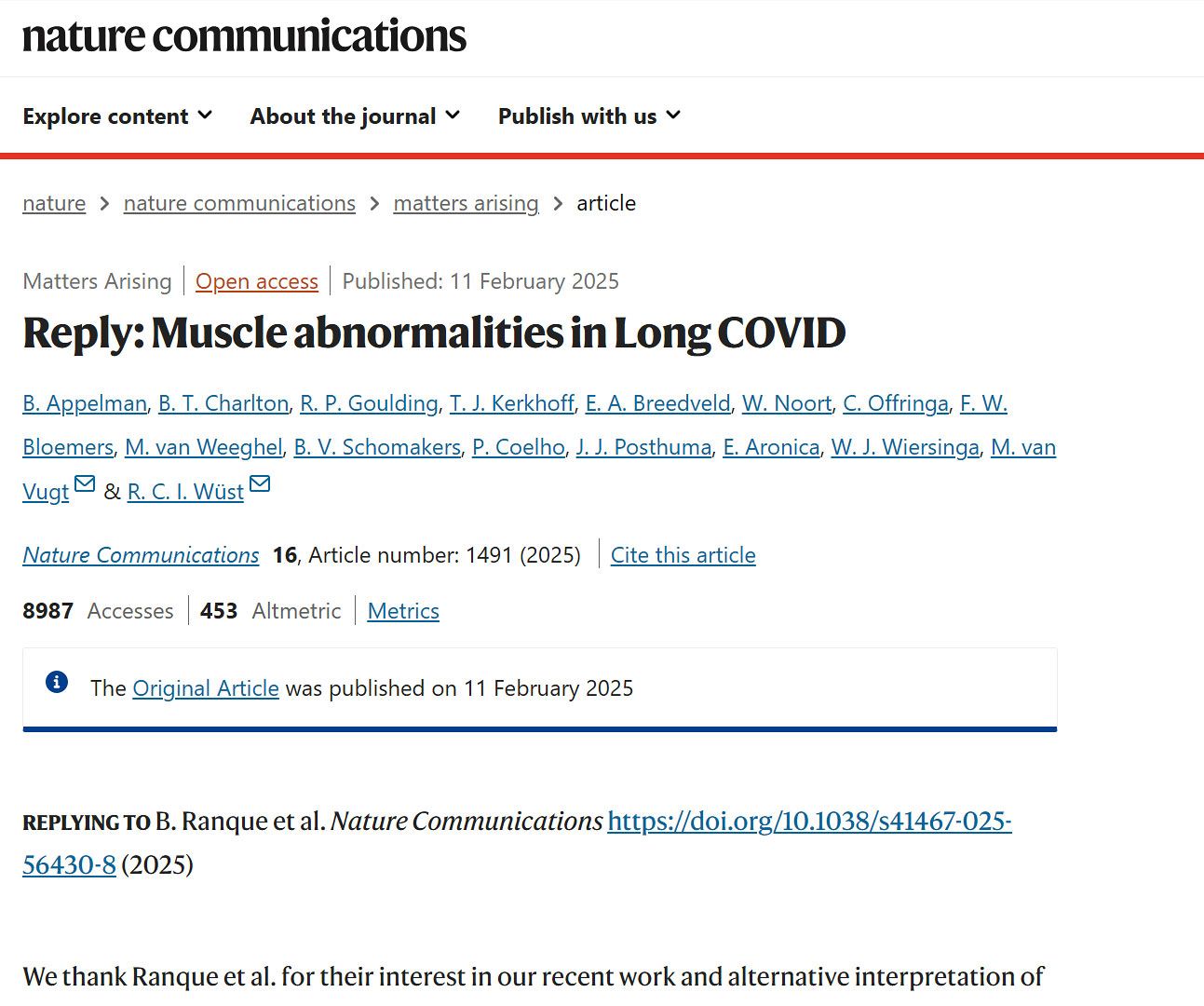
📖 (11 Feb 2025 ~ Nature Communications) ‘Reply: Muscle abnormalities in Long COVID’ [Appelman et al] ➤
‘We thank Ranque et al. for their interest in our recent work and alternative interpretation of our data. We refute that our findings are due to deconditioning, as Long COVID-related skeletal muscle differ fundamentally from those caused by deconditioning. We demonstrated significant physiological differences in Long COVID patients with post-exertional malaise (PEM) compared to healthy controls, even at matched physical activity levels. PEM encompasses a variety of symptoms and not only muscle soreness. Our study did not address the efficacy of exercise training, and we reject misinterpretations that all forms of exercise cause PEM. We advocate further research to define safe exercise thresholds and improve the understanding of PEM.
Ranque et al. state that “everyone can experience severe muscle pain when returning to intense exercise after periods of a few weeks of rest”. Every participant experienced maximal exercise, healthy participants with low fitness also participated, and a proportion of Long COVID patients still possessed fitness levels >50th percentile for their respective sex and age, despite all patients experiencing PEM. Despite several controls having a VO₂ max similar to patients, none reported PEM symptoms...’
Etc.
© 2025 Nature Communications.
✾
More... Post-Exertional Malaise (PEM)
More... PASC (PCS / ‘Long Covid’)
C-19: Archives
Useful search tags:
airborne / air filtration / babies & children / body / brain / C19.Life / cancer / comment / COSHH / dementia / economy / elders / excess deaths / exercise / flu / healthcare workers (HCW) / heart / HEPA / history / hospitals / immunity / influenza / Lisa Iannattone / long covid / lungs / mitochondria / muscles / musculoskeletal / NHS / NHS estates / Noor Bari / nosocomial / PEM / parkinson’s / propaganda / reinfections / reproduction and pregnancy / resources / respirators / respiratory / risk / SARS(-CoV-1) / schools / Semmelweis / solutions / transmission / UKHSA / universities / UVC / vaccines / variants / WHO / young adults / zoonosis
